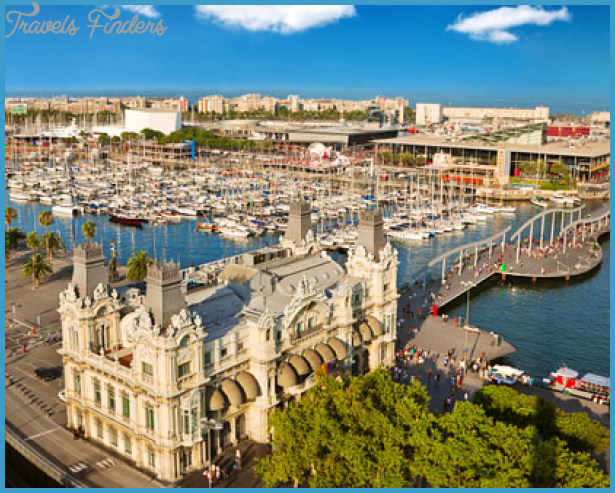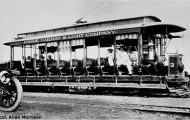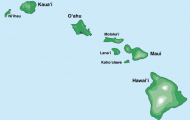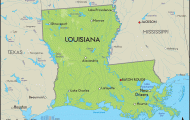Air travel to Europe is made easier by numerous airlines and frequent flight schedules. Every country of any importance has at least one airline that connects with the continent. Many nations that have no economic justification for underwriting a national airline do so anyway because of national pride. Nearly all fly to one or more of the national capitals of Europe.
Heaviest air traffic to and from Europe takes place on the trans-Atlantic routes. Direct flights from a number of United States cities take place daily or weekly. New York City to London routes carry the most passengers but numerous direct flights are scheduled from as far away as Los Angeles. They go not only to London but to Paris, Lisbon, Amsterdam, Glasgow, and Copenhagen.
Most of the major airports in Europe serve the European capitals. Principal airports used by North Americans in Europe are Heathrow and Gatwick outside of London; Orly and DeGaulle airports that serve Paris; the Frankfort airport in Germany; the airports that serve Copenhagen, Denmark, and Lisbon, Portugal. All are terminals for nonstop flights from various North American cities. (See Figure 1.4, page 13.)
A problem with intra-European air travel is its cost. European airlines in the past have set fares that are much higher than for comparable flights outside of Europe. Travel packages that include intra-European flights usually offer less expensive air travel.
Figure 5.4 shows the airline codes for the major cities of Europe. Airline codes are used in the identifying circles.






















